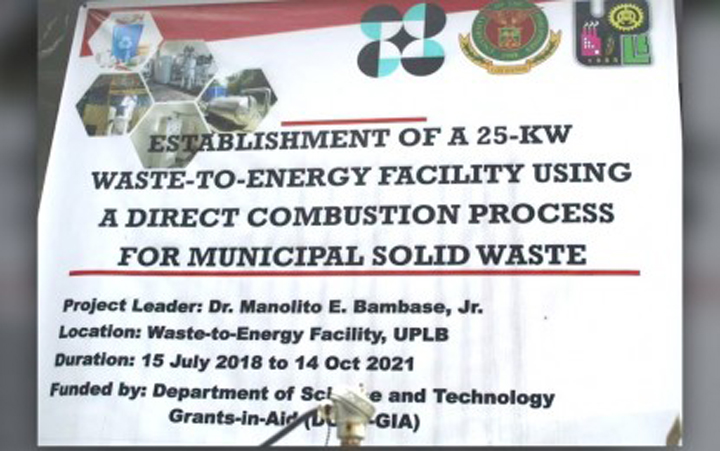
A new campaign against waste-to-energy (WTE) dubbed Waste Burning Exposed by the Global Alliance for Incinerator Alternatives (GAIA)-Asia Pacific has debunked the alleged “myths” of garbage disposal by turning it into some form of energy.
The “Public Service Announcement” posted on YouTube featured distinguished professor and environmental scientist Dr. Jorge Emmanuel, discussing matters WTE which is now being eyed by the government as a solution to the country’s perennial garbage problem.
“WTE is simply waste incineration in disguise. It burns ton of municipal wastes to generate a small amount of net energy, while emitting massive amounts of toxic pollutants and greenhouse gases,” he said.
Similar to other countries in the Global South, waste incinerators are being peddled in the Philippines, despite a national incinerator ban, as a solution to managing waste.
In a privilege speech in September 2020, Senator Sherwin Gatchalian proposed the inclusion of WTE facilities in managing and treating the country’s growing waste.
Citing “sustainability” and “stability,” he justified that “incinerators do not only minimize waste but also generate energy.”
Environmental NGOs, private individuals, and communities have raised concerns stating that the supposed benefits far outweigh the health, economic, and environmental costs on cities and communities.
These claims was substantiated by Emmanuel in his campaign material, indicating “incinerators do fail in living up to their promises.”
“Continuous monitoring of the state-of-the-art waste-to-energy plant in Harlingen, Netherlands revealed dioxin levels exceeding legal limits so much so that grass and eggs in farms up to 10 km away had high amounts of dioxins. Even when governments adopt international emission standards, it doesn’t guarantee that dangerous emissions aren’t being released, especially in developing countries where there is no technical capacity to monitor emissions continuously,” he said.
In a news statement, Yobel Novian Putra of GAIA Asia Pacific, said there are several waste incinerator proposals in the Philippines and all proposals claim that incinerators are clean and safe.
“What they don’t tell is that even in Europe, where standards are high, waste incinerators have been recorded to emit highly toxic pollutants —such as dioxins and heavy metal—and release immense amounts of CO2,” he said.
“Incinerators feed on highly combustible waste like plastic. Mostly made from fossil fuels, plastic that is burned in incinerators will add more than 850 million metric tons of greenhouse gases to the atmosphere—equal to the pollution from 189 new 500-megawatt coal-fired power plants,” Putra said.

